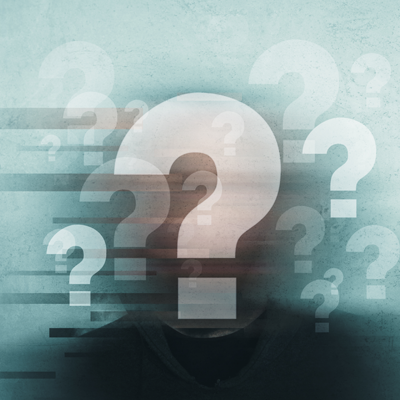Feeling unhappy, sad or just a bit “low” is something we can all experience from time to time. It will normally pass quickly and you will soon feel back to your usual self.
When we experience depression or low mood, it involves much deeper feelings of sadness that continue for long periods of time. Your low mood may be a response to a difficult experience, such as a bereavement or bullying; however, it might also happen without a specific reason.
People can experience depression on a sliding scale from mild through to severe symptoms. Wherever you are on the sliding scale, it is important to know that there are services to help and support you. Depression is treatable and you can recover.
The guidance tool below is for advice and guidance, and is not designed to assess or diagnose your difficulties. If you are ever concerned, please speak to your family doctor (GP) or your school health nurse.
The guidance tool shows different levels of a person's needs. It includes what you might be experiencing and what help and support you might need. It is based on the i-THRIVE categories which you can read more about on the i-THRIVE page here.
This is how the tool works:
The first box (top left) includes information about the first level of mental health support, featuring advice and guidance.
The second box (top right) contains information about the second level of mental health support, including where to get help.
The third box (bottom right) has information about the third level of mental health support, including where to get more help.
The fourth box (bottom left) highlights information about how to support others with this condition.
If you are unsure about any feelings you, or someone you care for, may be experiencing, please speak to your family doctor (GP) or your school health nurse.


